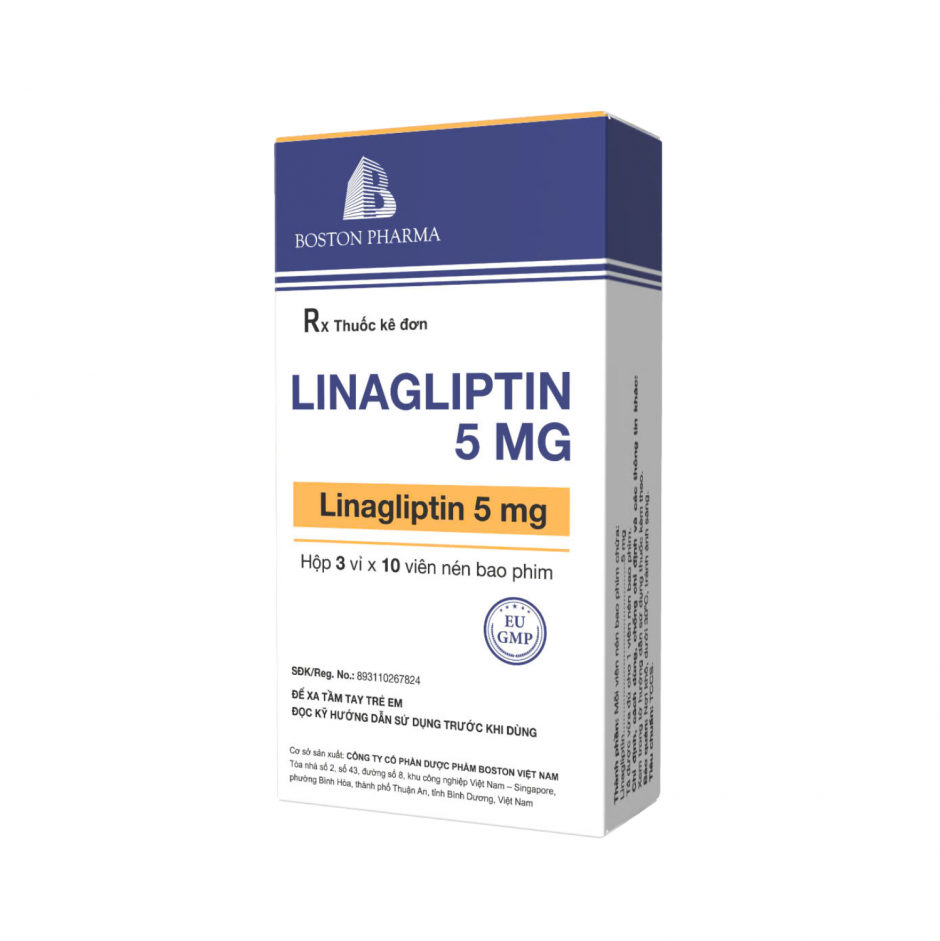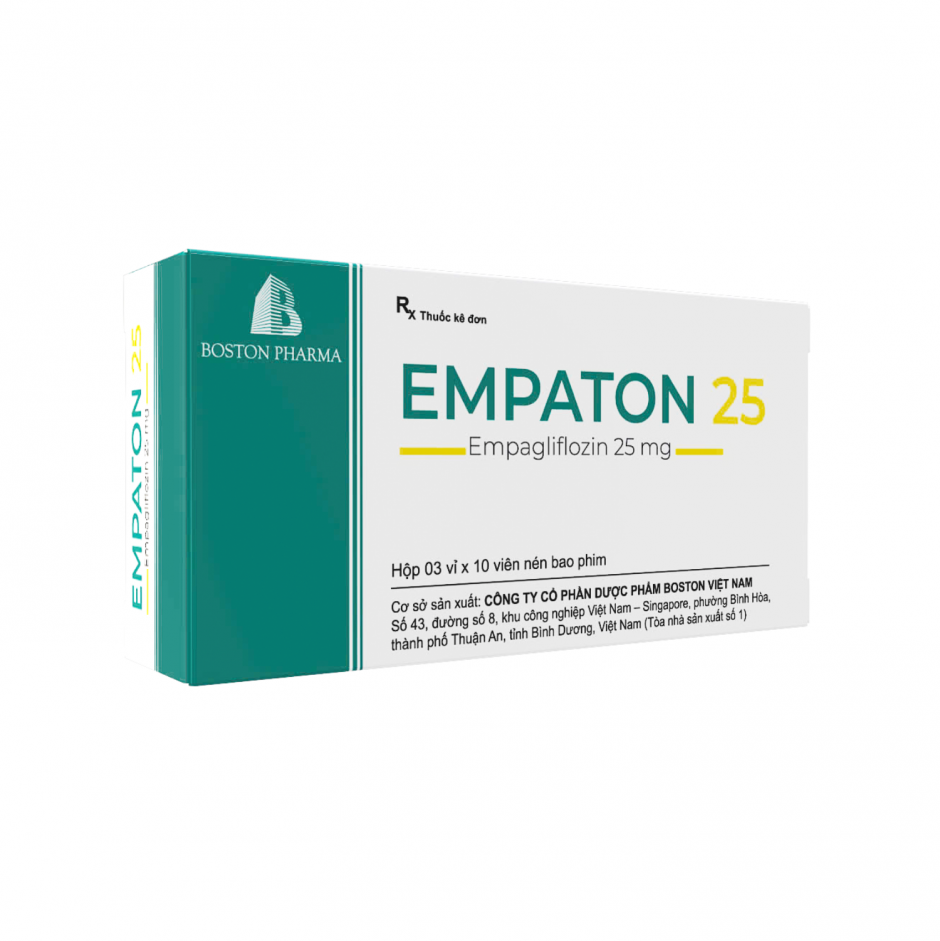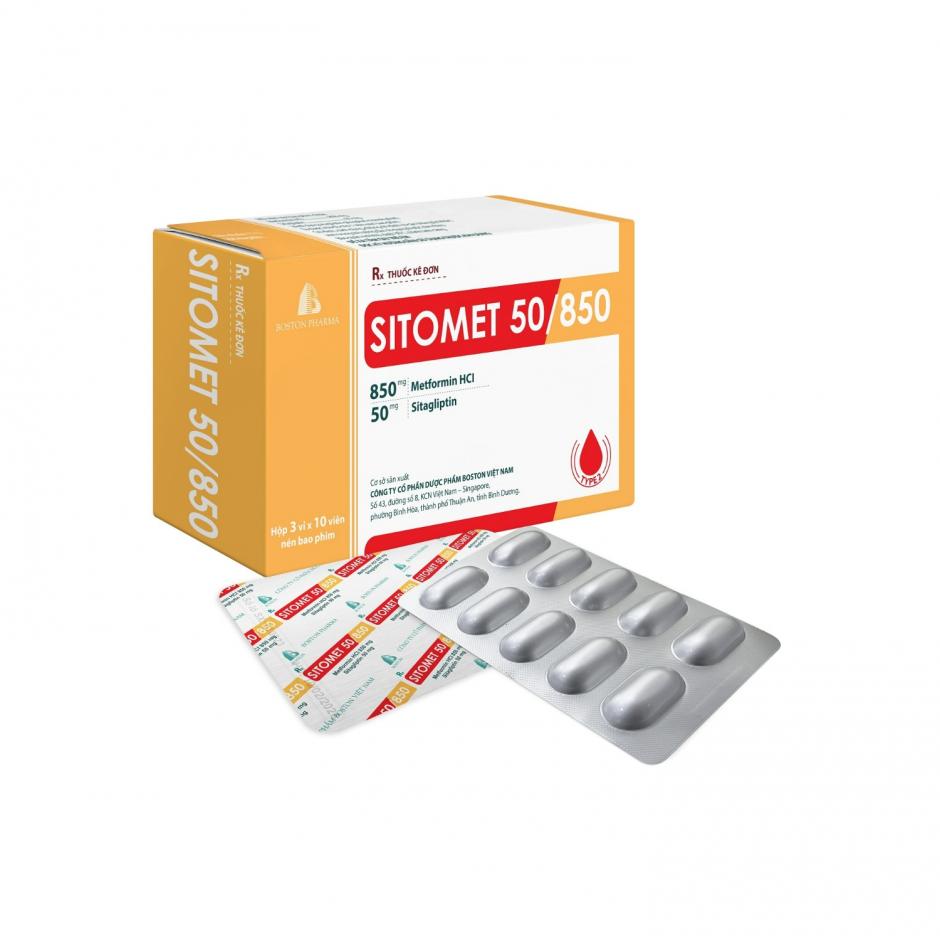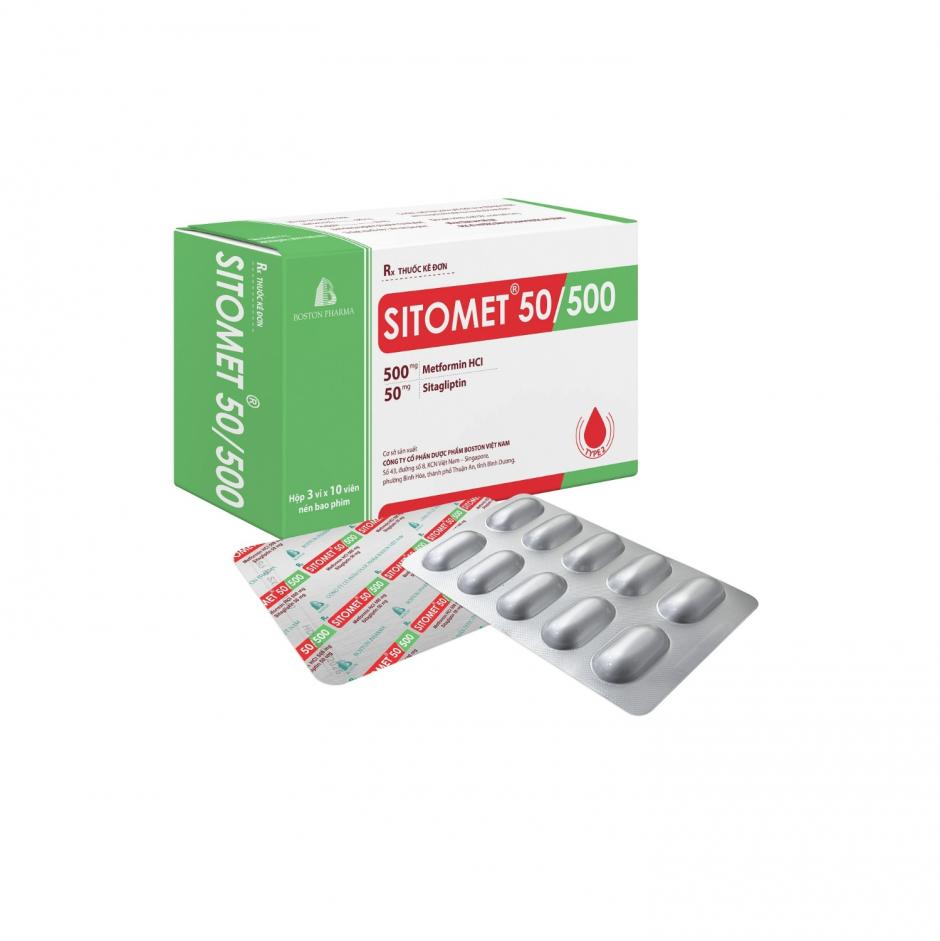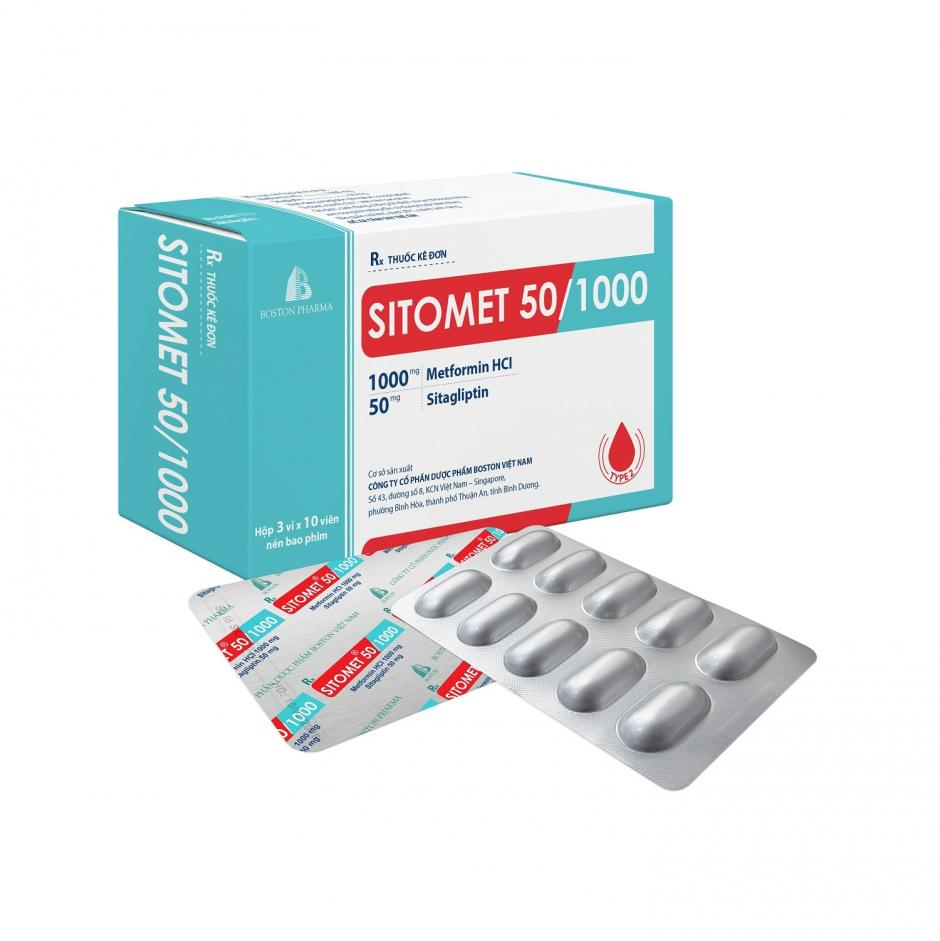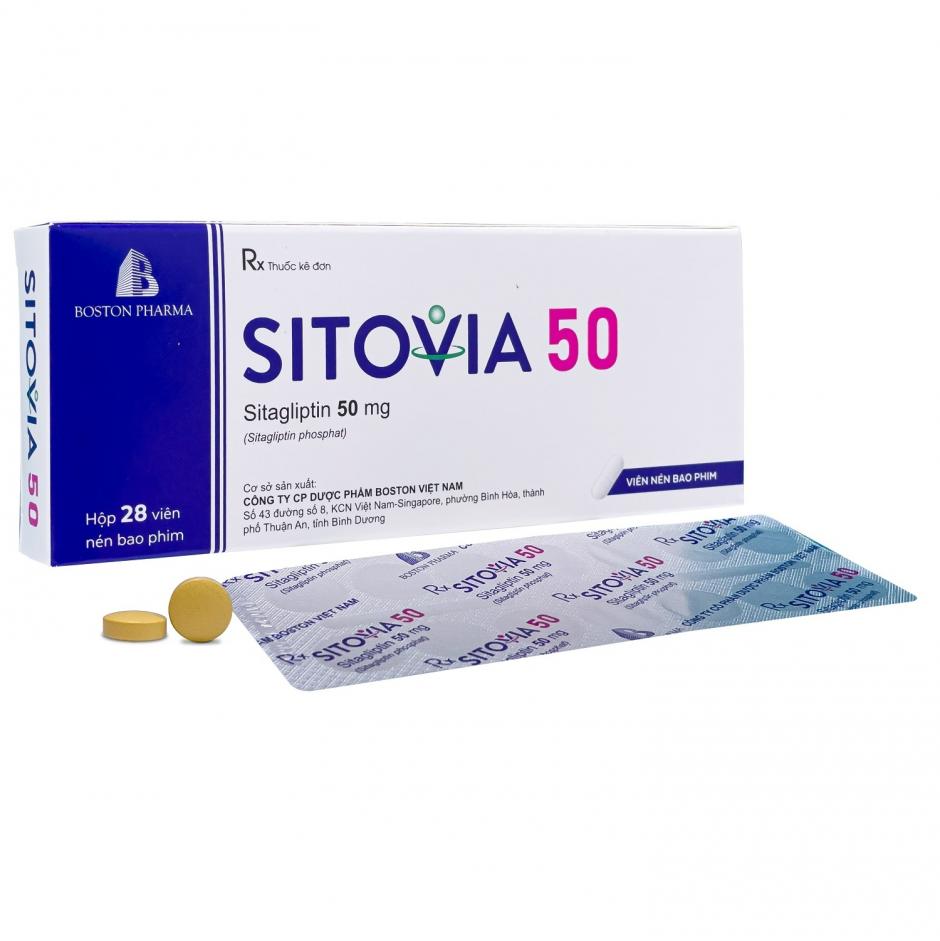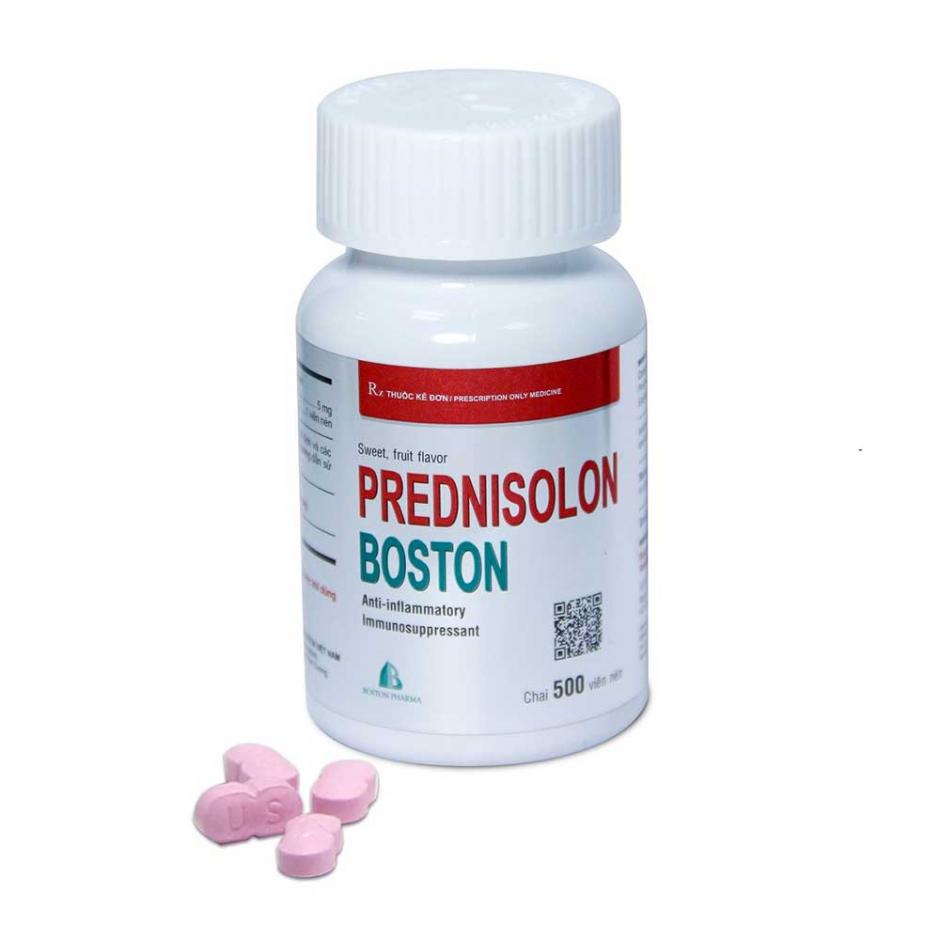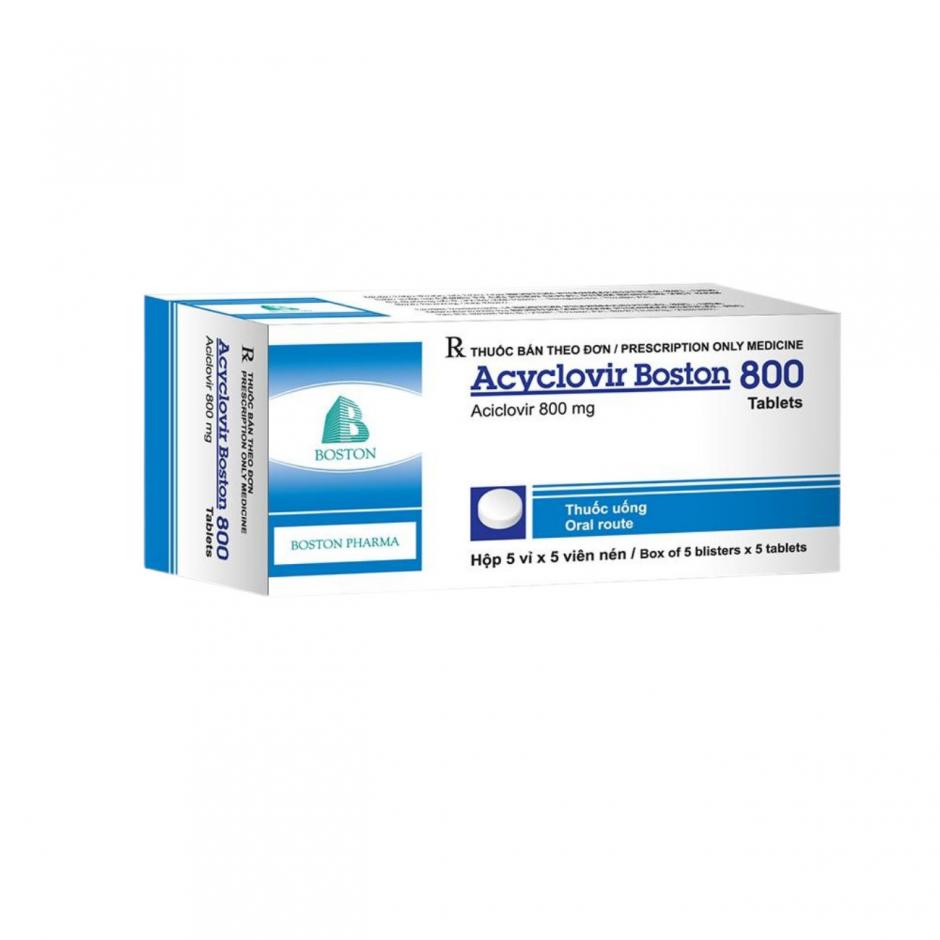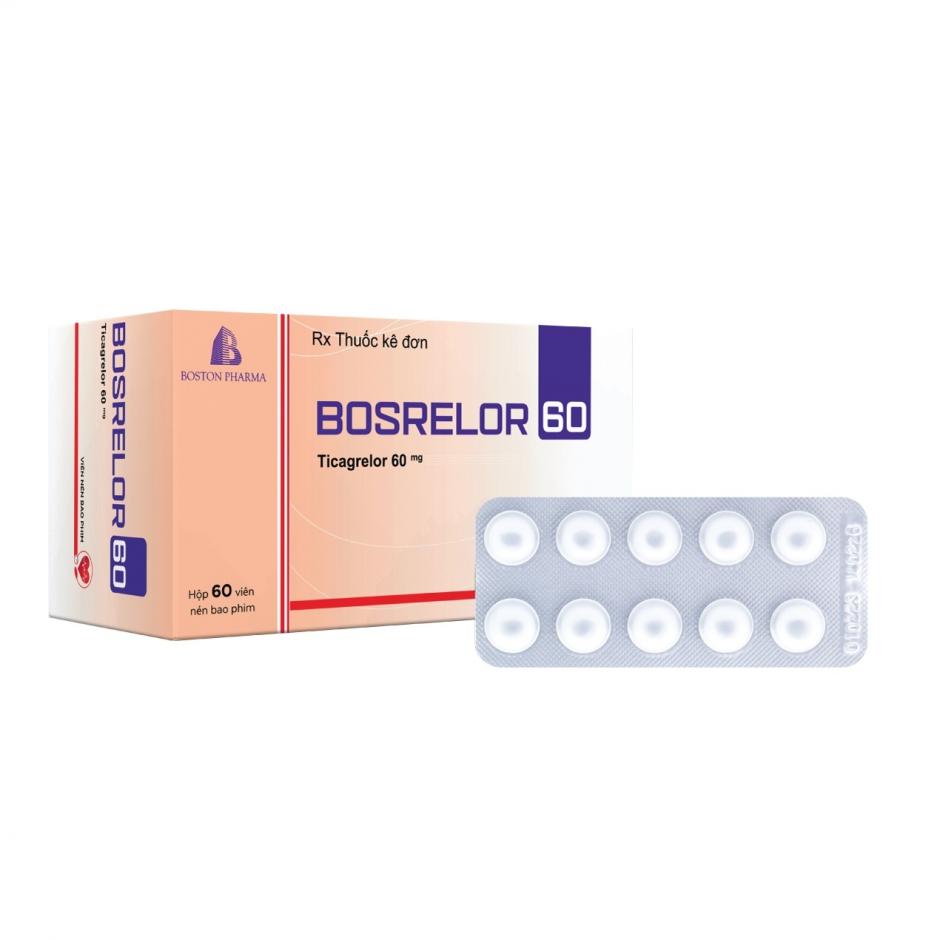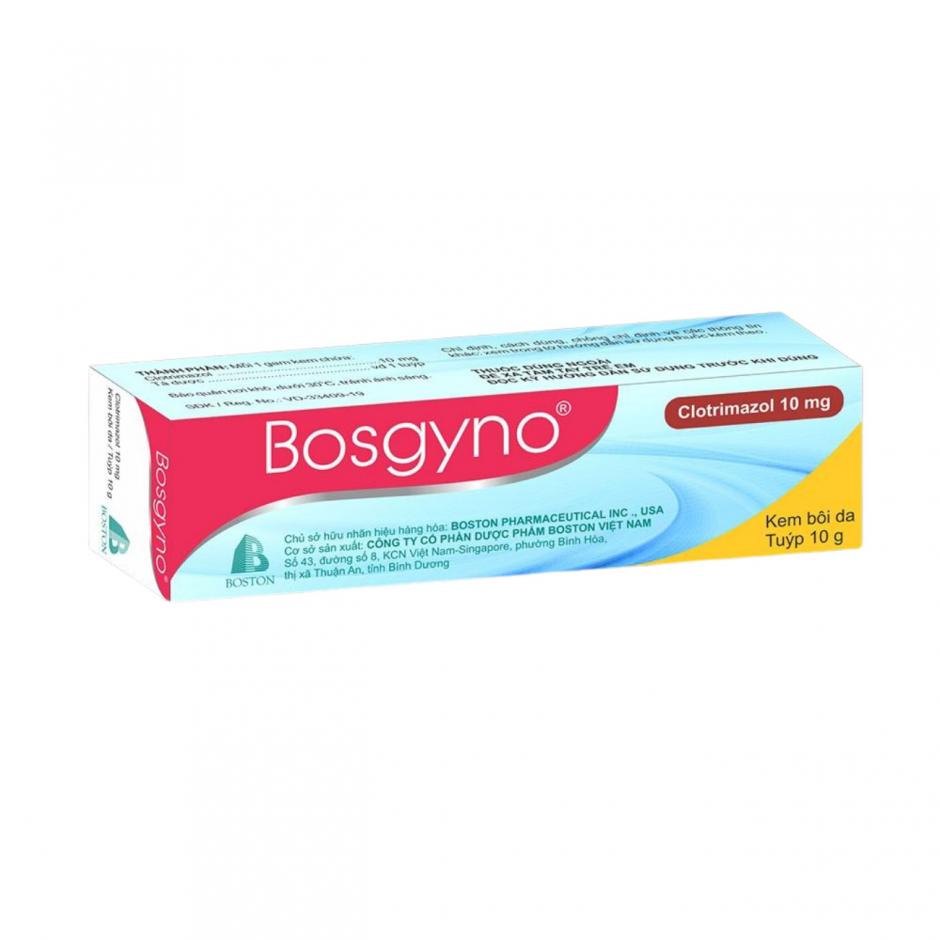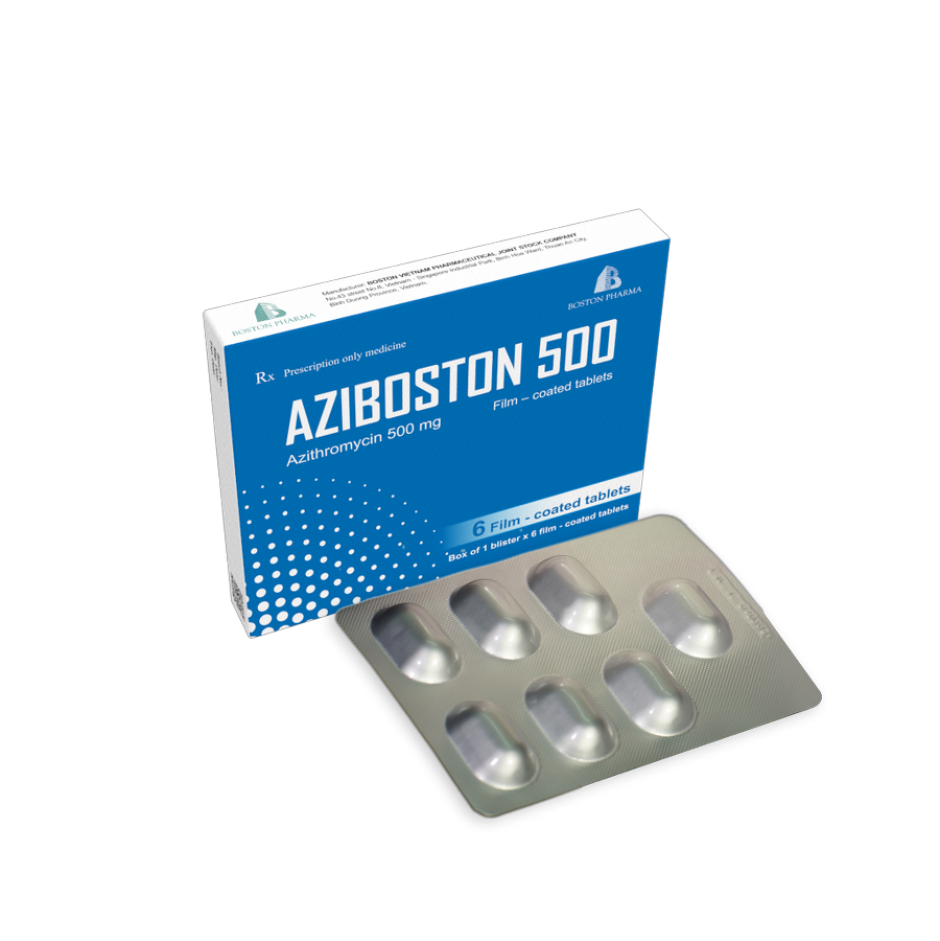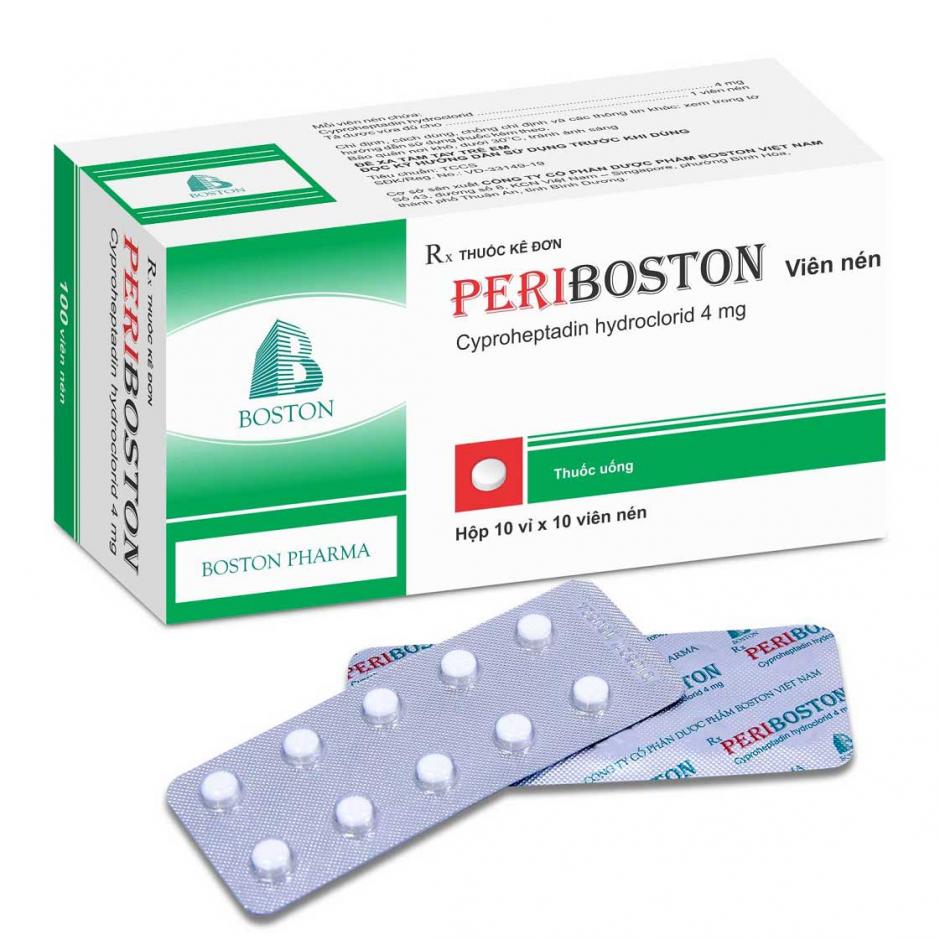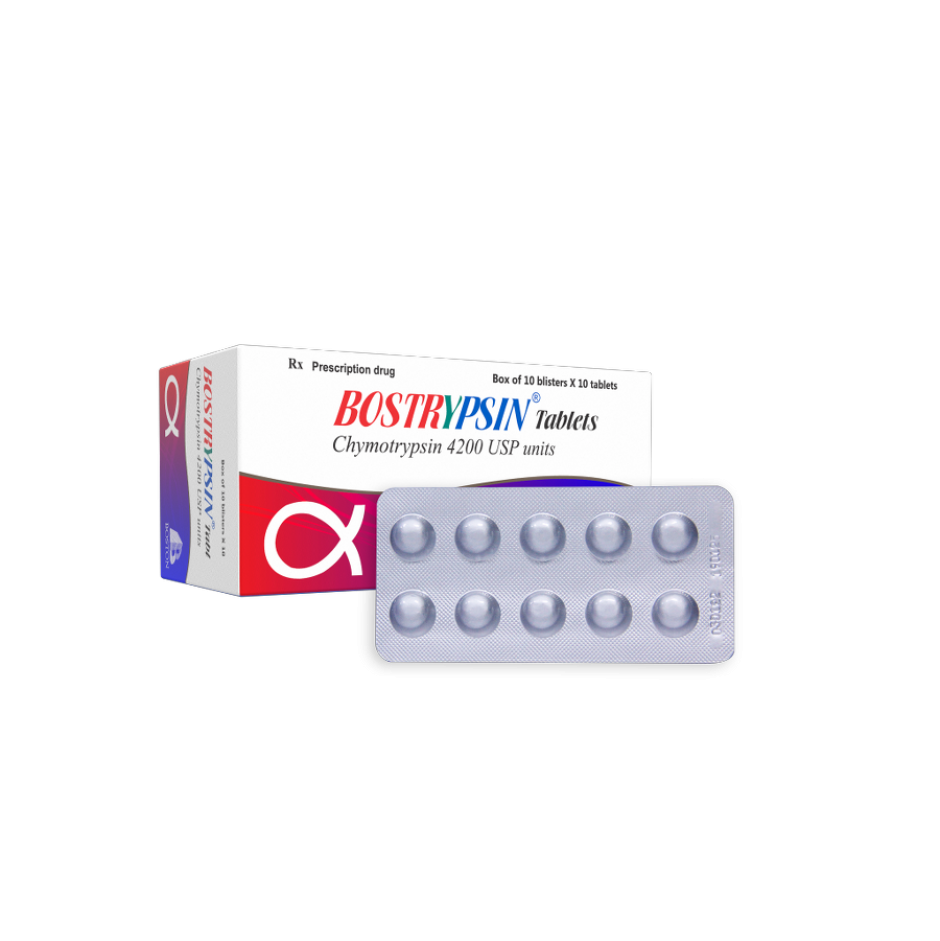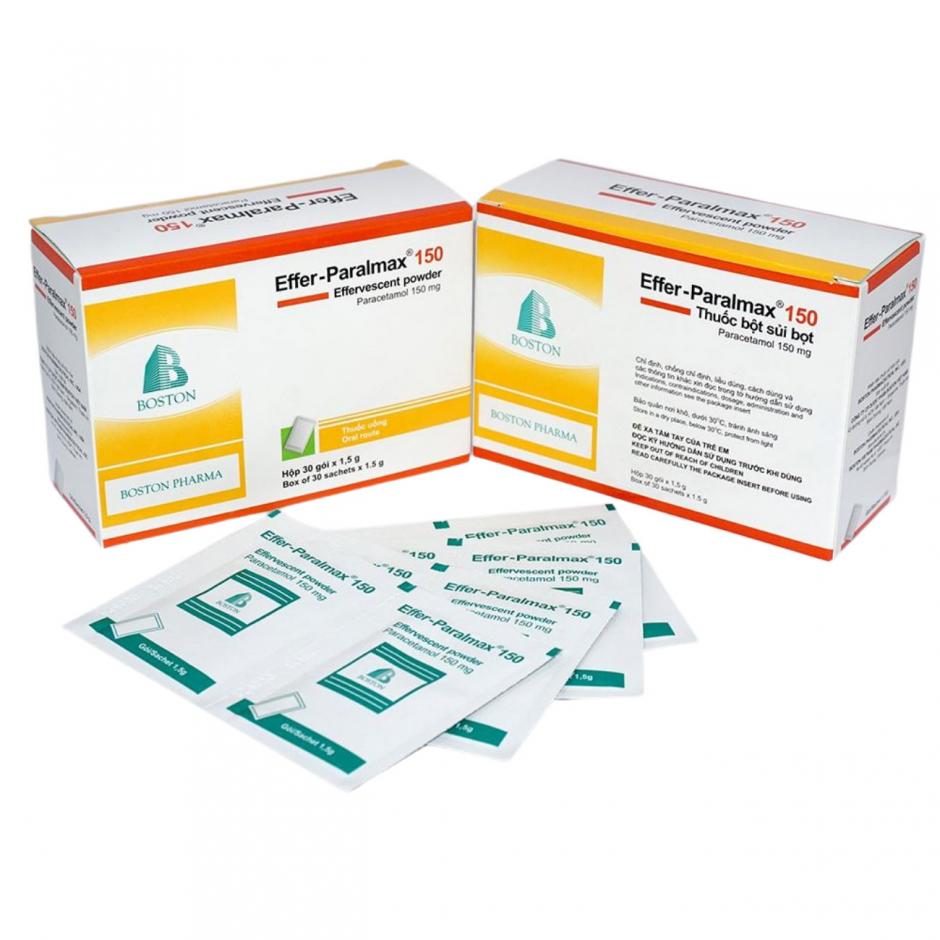Prednisolone is indicated for the treatment or reduce inflammation and allergies in the following cases:
Collagenoses-connectivities
-
Evolutionary outbursts of systemic diseases, including: systemic lupus erythematosus, vasculitis, polymyositis, visceral
sarcoidosis.
Dermatological
-
Severe autoimmune bullous dermatoses, in particular pemphigus and bullous pemphigoid,
-
Severe forms of infant angiomas,
-
Certain forms of lichen plan,
-
Certain acute urticaria
-
Severe forms of neutrophilic dermatoses.
Digestive
Progressive attacks of ulcerative colitis and Crohn's disease,
Shronic active autoimmune hepatitis (with or without cirrhosis),
Severe acute alcoholic hepatitis, histologically proven.
Endocrine
Subacute severe De Quervain thyroiditis,
some hypercalcemia.
Hematological
Severe immunologic thrombocytopenic purpura,
Autoimmune hemolytic anemias,
In combination with various chemotherapies in the treatment of lymphoid malignant hemopathies,
Acquired or congenital chronic erythroblastopenia.
Infectious
Tuberculous pericarditis and severe forms of life-threatening tuberculosis,
Pneumocystis carinii pneumonia with severe hypoxia.
Neoplastics
Anti-emetic treatment during antineoplastic chemotherapy,
Oedematous and inflammatory pressure associated with antineoplastic treatments (radio and chemotherapy).
Nephrologic
Nephrotic syndrome with minimal glomerular lesions,
Nephrotic syndrome of primitive segmental and focal hyalinosis,
Stage III and IV of lupus nephropathy,
Intrarenal granulomatous sarcoidosis,
Vasculitis with renal impairment,
Primitive extra-capillary glomerulonephritis
Neurological
Myasthenia,
Cerebral edema caused by tumors,
Chronic polyradiculoneuropathy, idiopathic, inflammatory,
Infantile spasm (West syndrome) / Lennox-Gastaut syndrome,
Multiple sclerosis in relapse of intravenous corticosteroids.
Ophthalmological
Uveitis anterior and posterior severe,
Oedematous exophthalmos,
Certain optic neuropathies, in reliance on intravenous corticosteroids (in this indication, the first-line oral route is not
recommended).
ENT
Certain serous otitis,
Nasosinusic polyposis
Certain acute or chronic sinusitis,
Seasonal allergic rhinitis in short cure,
Stridulous acute laryngitis (subglottic laryngitis) in children.
Respiratory
Persistent asthma, preferably in short course, in case of failure of inhaled treatment in high doses,
Exacerbations of asthma, in particular severe acute asthma,
Chronic obstructive pulmonary disease in assessing the reversibility of the obstructive syndrome,
Active sarcoidosis,
Diwuse interstitial pulmonary fibrosis.
Rheumatological
Rheumatoid arthritis and certain polyarthritis,
Pseudo rhizomelic arthritis and Horton's disease,
Acute rheumatic fever,
Severe and rebellious cervico-brachial neuralgia.
Transplantation of organ and allogenic hematopoietic stem cells
Prophylaxis or treatment of transplant rejection,
Prophylaxis or treatment of grax-versus-host disease.
- POSOLOGY AND METHOD OF ADMINISTRATION
Posology
The product is suitable for the treatment of attack or short-term treatments requiring medium or high doses in adults and
children over 10 kg.
In maintenance treatment and for dosages less than 20 mg per day, there are more appropriate dosages.
Adult
The dosage varies according to the diagnosis, the severity of the condition, the prognosis, the patient's response and the tolerance
to the treatment. The lowest effective dose should be used for the minimum period in order to minimise side effects.
Attack treatment: 0.35 to 1.2 mg/kg/day. In severe inflammatory diseases, the dosage ranges from 0.75 to 1.2 mg / kg / day.
The very exceptional situations may require higher doses.
Pediatric population
Children over 10 kg
The dosage should be appropriate to the condition and weight of the child. Attack treatment: 0.5 to 2 mg/kg/day.
The prescription of alternating day corticosteroid therapy (one day without corticosteroid and the second day with a double dosage
of the daily dosage that would have been required) is used in children to try to limit stunting. This alternate day schedule can be
considered only axer control of inflammatory disease by high doses of corticosteroids, and when during decay no rebound is
observed.
Children weighing less than 10 kg: Low dose products are preferable.
In general
Treatment at the "attack dose" should be continued until the disease is well controlled. In the case of long-term treatment, the decrease must be slow. Obtaining a weaning is the goal. Maintaining a maintenance dose (minimum effective dose) is a compromise sometimes necessary.
For prolonged treatment at high doses, the first doses can be divided into two daily doses. Thereafter, the daily dose may be
administered as a single dose preferably in the morning during the meal.
Stop of treatment
In patients who have received more than physiological doses of systemic corticosteroids (approximately 7.5mg prednisolone) for greater than 3 weeks, withdrawal should not be abrupt. The rate of discontinuation depends mainly on the duration of treatment, the starting dose, and the disease to be treated.
Treatment with corticosteroids reduces the secretion of hormones such as ACTH and cortisol, which can lead to a long-term decline in adrenal function. It is necessary to gradually discontinue the drug to ensure recovery of the HPA axis and avoid the risk of relapse: an average of 10% reduction every 8-15 days.
For treatment courses shorter than 10 days: gradual dose reduction may not be necessary.
Method of administration
For oral use.
Oral fast dispersible tablets are tablets that are rapidly disintegrating in the mouth with saliva.
Put the medicine in your mouth, let it dissolve on its own, swallow, and drink a glass of water.
For children under 6 years of age, the drug can be dissolved with a little water and then swallowed.
Do not chew the tablet to avoid the risk of bitterness.
- CONTRAINDICATIONS
Hypersensitivity to active substance or to any of the excipients.
Any infectious condition, with the exception of the indications specified
Some developing viruses (including hepatitis, herpes, chickenpox, shingles).
Psychotic states not yet controlled by a treatment.
Administration of live or attenuated vaccines (when receiving corticosteroids in immunosuppressive doses).
- WARNINGS AND PRECAUTIONS
Before initiating long-term corticosteroid therapy, ECG, blood pressure, chest and spine radiographs, glucose tolerance testing, and hypothalamic-pituitary-adrenal (HPA) axis function should be checked for all patients.
A patient information leaflet should be supplied with this product. Which give clear guidance on the precautions to be taken to minimise risk and provide details of prescriber, drug, dosage and duration of treatment.
Immunosuppressive effects/infectious diseases
The inhibitory effect of corticosteroids on inflammatory response and immune function may increase susceptibility to bacterial, fungal, and viral infections. Clinical symptoms may be obscured and atypical, affecting the diagnostic outcome. For example, in children or adults who are taking corticosteroids, chickenpox and measles can get worse and even die.
Patients without a history of chickenpox should be advised to avoid close personal contact with chickenpox or Herpes zoster. Patients are also advised to avoid exposure to measles. If exposed they should seek urgent medical attention. Passive immunisation with varicella/zoster immunoglobulin (VZIG) is needed by exposed non-immune patients who are receiving systemic corticosteroids or who have used them within the previous 3 months; this should be given within 10 days of exposure to chickenpox. Corticosteroids should not be stopped and the dose may need to be increased.
Live vaccines or live attenuated vaccine should not be given to individuals with receiving immunosuppressive doses of corticosteroids, because the antibody response to these vaccines may be diminished, at the same time, immunocompromised patients are often at high risk of disease because of their inability to inhibit the replication of live attenuated viruses, causing many serious complications.
The use of prednisolone in active tuberculosis should be limited to those cases of disseminated tuberculosis and should be combined with an appropriate tuberculosis therapy. When corticosteroids are indicated in patients with latent tuberculosis, tuberculin reactivity, those with a history of, or X-ray changes characteristic of tuberculosis, careful monitoring is necessary as the disease can be reactivated. In long-term corticosteroid therapy, these patients should receive tuberculosis prophylaxis.
Hypersensitivity
Since rare cases of skin reactions and anaphylactic/anaphylactoid reactions have occurred in patients treated with corticosteroids, appropriate precautions should be taken prior to administration, especially if the patient has previously had an allergic reaction to any drug.
Endocrine system
Prednisolone may cause hyperadrenocorticism, adrenocortical atrophy, or HPA axis suppression, especially in children and in patients receiving high doses for a long time. When stopping the drug, be cautious and reduce it slowly. Closely monitor patients who are converted to inhaled corticosteroids on systemic corticosteroids because of the potential for hormone deficiency or discontinuation, including increased allergic symptoms, especially in patients receiving prednisolone > 20 mg/day.
Abrupt termination of treatment may lead to adrenal insufficiency after long-term treatment or stress. Patients undergoing surgery may require additional corticosteroids because the normal response to stress is impaired by inhibition of the HPA axis.
In the following patient groups, gradual withdrawal of systemic corticosteroid therapy should be considered even after
courses lasting 3 weeks or less:
+ Patients who have had repeated courses of systemic corticosteroids, particularly if taken for greater than 3 weeks.
+ When a short course has been prescribed within one year of cessation of long-term therapy (months or years).
+ Patients who may have reasons for adrenocortical insufficiency other than exogenous corticosteroid therapy.
+ Patients receiving doses of systemic corticosteroid greater than 40 mg daily of prednisolone.
+ Patients repeatedly taking doses in the evening.
During prolonged therapy any intercurrent illness, trauma, or surgical procedure will require a temporary increase in dosage; if corticosteroids have been stopped following prolonged therapy they may need to be temporarily reintroduced.
Because corticosteroids can cause or worsen Cushing's syndrome, corticosteroids should not be used in patients with Cushing's disease.
Caution and frequent patient monitoring are required when systemic corticosteroids are administered to a patient with hypothyroidism.
Seizures related to the presence of a pheochromocytoma, which may be fatal, have been reported after the administration of corticosteroids. Corticosteroids should be administered to patients in whom pheochromocytoma is suspected or identified only after an appropriate benefit/risk assessment.
Psychiatric effects
Patients/caregivers should be aware that psychiatric effects may occur. The symptoms begin within a few days or weeks after the start of treatment. Although the time of onset, classification, severity, or duration are generally not predictable with the dose used, the risk of this adverse event is higher with high doses, and systemic effects (pharmacokinetic interactions may increase undesirable effects). Most reactions return after dose reduction or withdrawal, but specific treatment may be necessary.
Patients/caregivers should be encouraged to seek medical care if the patient shows mental symptoms, especially if depression or suicidal thoughts are suspected. Patients/caregivers should be aware that mental disorders may occur either during or immediately after dose reduction/discontinuation of systemic steroids, although these reactions are infrequent.
Particular care should be taken when considering the administration of systemic corticosteroids in patients with current or past signs of serious affective disorder (depression, manic depression, or previous history of steroid - induced psychosis), or a family history of emotional instability.
Diabetes
Corticosteroids, including prednisolone, can raise blood sugar levels, exacerbate existing diabetes and increase the risk of developing diabetes in patients on long-term corticosteroid therapy. Caution is necessary when administration of drug for patient with diabetes (or a family history of diabetes).
Nervous system
Corticosteroids should be used with caution in patients with epilepsy.
Eyes
Caution is necessary when corticosteroids are prescribed to patients with glaucoma or in those with a family history of glaucoma, Herpes Simplex Keratitis because it can cause corneal perforation. Long-term treatment with corticosteroids may cause posterior subcapsular contaract, Central cataracts (in children), exophthalmos or elevated intraocular pressure which may lead to glaucoma with associated optic nerve damage. Corticosteroids may increase the risk of secondary viral or fungal infections of the eye, may be associated with serous central chorioretinopathy, and may lead to retinal detachment. If a patient comes with symptoms such as blurred vision or other visual disturbances, consideration should be given to referring the patient to an ophthalmologist for investigation of possible causes.
Heart and blood vessels
Side effects of glucocorticoids on the cardiovascular system, for example, dyslipidemia and hypertension, can predispose treated patients with existing cardiovascular risk factors to additional cardiovascular events at high doses and prolonged treatment times. Corticosteroids should therefore be introduced to these patients only after careful consideration, and risk-modifying measures, as well as extracardiac monitoring, should be considered as needed. A low dose and treatment every other day can reduce the complications of corticosteroid treatment.
Systemic corticosteroids should only be used in patients with congestive heart failure or myocardial infarction when clearly needed. Caution and frequent patient monitoring are required when systemic corticosteroids are administered to this patient.
Should be used with caution in patients taking antiarrhythmic drugs such as digoxin.
Corticosteroids have been reported to increase the blood clotting tendency, thereby accelerating the development of intravascular thrombosis, thromboembolism, and thrombophlebitis (in rare cases), corticosteroids should be used with caution in patients with thromboembolic disorders.
Gastrointestinal system
Corticosteroids should be used with caution in stomach ulcers. In combination with NSAIDs, the risk of gastrointestinal ulcers is increased. In the case of a history of ulcers, corticosteroid therapy may be prescribed in conjunction with clinical monitoring, or ulcer-endoscopic if necessary.
Hepatic diseases
Corticosteroids should be used with caution in patients with hepatic impairment or cirrhosis. The effects of corticosteroids may be enhanced in patients with chronic liver disease with impaired liver function.
Musculoskeletal system
An acute myopathy has been reported with high corticosteroid doses, most often in patients with neuromuscular transmission disorders (e.g., myasthenia gravis), or in patients concomitantly treated with anticholinergics, e.g. neuromuscular blocking drugs (such as pancuronium). This acute myopathy is generalized, may involve eye and respiratory muscles, and may lead to tetraparesis. Creatinine kinase should be monitored.
Corticosteroids should be used with caution in patients with osteoporosis (especially postmenopausal women) and patients should be monitored regularly.
Oral or injectable corticosteroids may increase the risk of tendon disease and even tendon rupture in people taking fluoroquinolones, on dialysis, secondary hyperparathyroidism, or kidney transplantation
Renal diseases
Corticosteroids should be used with caution in patients with renal insufficiency and patients should be monitored regularly.
Caution is required in patients with systemic sclerosis as an increased incidence of (possibly fatal) renal crisis in scleroderma, with hypertension and decreased urine output, has been observed with a daily prednisolone dose of 15 mg or more. Therefore, blood pressure and renal function (S-creatinine) should be routinely monitored. In case of a suspected renal crisis, blood pressure should be kept under close control.
Special patient subjects
Use in children: Corticosteroids cause growth retardation in infancy, childhood, and adolescence, which may be irreversible and therefore long-term administration of pharmacological doses should be avoided. If prolonged therapy is necessary, treatment should be limited to the minimum suppression of the hypothalamo-pituitary adrenal axis and growth retardation. The growth and development of infants and children should be closely monitored. Treatment should be administered where possible as a single dose on alternate days.
Use in the elderly: Treatment of elderly patients, particularly if long term, should be planned bearing in mind the more serious consequences of the common side-effects of corticosteroids in old age, especially osteoporosis, diabetes, hypertension, hypokalaemia, susceptibility to infection, and thinning of the skin. Close clinical supervision is required to avoid life threatening reactions.
Note in case of prolonged use of corticosteroids
During the treatment process can increase blood sugar levels and disrupt protein metabolism with negative nitrogen balance, it is recommended to follow a high-protein, low-sugar diet that is quickly absorbed.
To ensure blood pressure, the amount of salt will be reduced in the diet when the therapeutic dose is higher than 15-20 mg of prednisolone/day, and keep the average salt level in long-term treatment with a low dose.
Potassium supplementation in the case of prolonged treatment with high doses of corticosteroids, or in combination with hypokalemia when there is a risk of arrhythmias.
Patients should also receive calcium and vitamin D supplements.
It should be noted that for athletes, this active ingredient may cause false positives on dopping tests.
Warning related to excipients
Mannitol
This medicine contains mannitol, which may have a mild laxative effect.
- Shelf-life
36 months from the manufacturing date. Do not use after the expiry date
Al/Al blister. Box of 2 blisters x 10 orodispersable tablets.
Al/Al blister. Box of 5 blisters x 10 orodispersable tablets.
Al/Al blister. Box of 10 blisters x 10 orodispersable tablets.
Your comment



_SOLUBOSTON.jpg)

